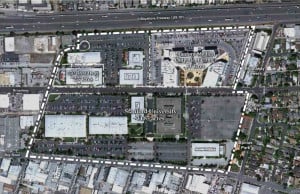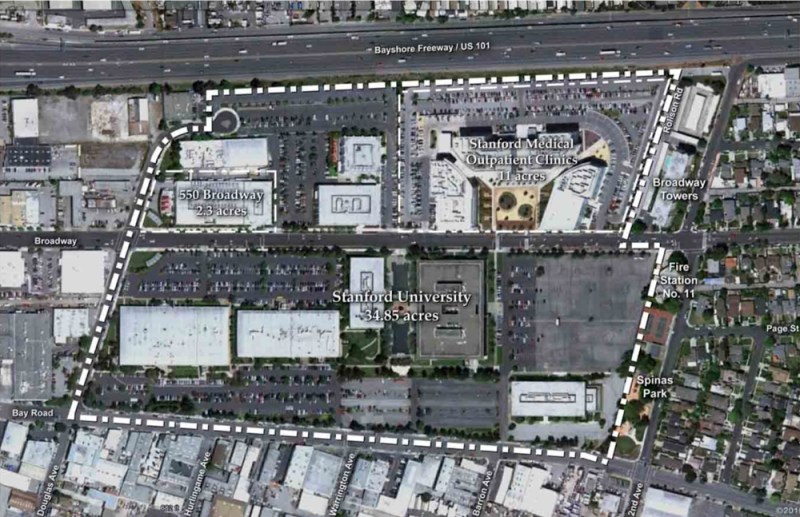In 2008, Stanford approached Redwood City with a prospective economic transaction: The University was looking to expand past the Farm, developing plans for a nearby “satellite campus,” and Redwood City had a 35-acre chunk of prime real estate available next to Highway 101, just seven miles northwest of the Stanford campus.

In exchange for rights to the land, the University would provide Redwood City with a handsome financial reward. It seemed like an obvious decision for a town that, according to Council Member Barbara Pierce, “never quite has enough [money] to do what we want to do.”
But Vice Mayor Rosanne Foust and then-Mayor Jeff Ira, who served together on the council subcommittee dealing with the project, felt that they could gain more from the University than monetary compensation. They wanted Stanford’s presence to permeate the community and leave a lasting impression on not just the city’s bottom line, but its average citizen as well.
“We wanted something that was legacy-building,” Foust said.
By the time the deal was finalized over five years later – with the Redwood City Council unanimously approving the project on Sept. 9, 2013 – the seeds of that legacy had been planted. The city will still receive the traditional fiscal incentives – including $1.5 million for street repairs, $1 million for storm protection upgrades and $1.5 million for water tank improvements – but $5 million will be allocated specifically to forming a bond between the city of 79,000 and the University.
Over the next five years, the Graduate School of Business (GSB) will provide a host of educational, development-focused opportunities for the city and its residents, ranging from a multi-year speaker series at the Fox Theatre to a three-module “entrepreneurship boot camp” this summer.
The speaker series kicked off earlier this month when women’s basketball coach Tara VanDerveer, Tesla Motors co-founder Jeffrey Brian Straubel ’98 M.S. ’00 and Khan Academy Director of Partnerships James Tynan each delivered a 15-minute TED-style talk to a crowd of Redwood City citizens.
According to Foust, over 600 people signed up for the free event, demonstrating their palpable excitement over the unique relationship.
“This is unprecedented, these type of programs,” she said. “When a company or organization comes into a community, you want to make sure that the neighbors are on board with any project of this magnitude, and the neighborhood feels that it has a great community partner in Stanford.”
It was not always obvious, however, that the people of Redwood City would accept the project with open arms. The new campus, which will likely be under construction until 2020, will consist primarily of “back office” buildings – with at least three-quarters of the space to be devoted to administrative functions and office space and the rest split between research and medical facilities. According to Foust, its mundane function caused some initial apprehension.
“[Some people] were concerned because it was just going to be [a] back office,” she said. “So it would be people coming and going, lots of traffic and no connection with the neighborhood.”
Pierce said it was the council’s insistence that the University share both its financial and intellectual wealth with Redwood City that led to the shift in public opinion.
“[Foust and Ira] worked with Stanford to really encourage them to develop a long-standing relationship that would have lasting benefits for the community,” she said. “I think that was really what swayed everybody.”
Foust agreed, also noting the proposed campus’s aesthetic value and environmental sustainability.
“As the project developed – the open space, the green component of it, the partnership with Redwood City on these economic development tools – it all started to go away, the opposition,” she said.
Looking to the future, Pierce said she believes the partnership will prove a catalyst, helping the city in its perpetual struggle to maintain affordable housing and high-quality public education.
“I think it holds great potential for Redwood City and for Stanford,” she said. “I hope that we’ll continue to work together and focus on some of the really big issues that face Redwood City.”
Contact Danny Gifford at dangiff ‘at’ Stanford ‘dot’ edu.
